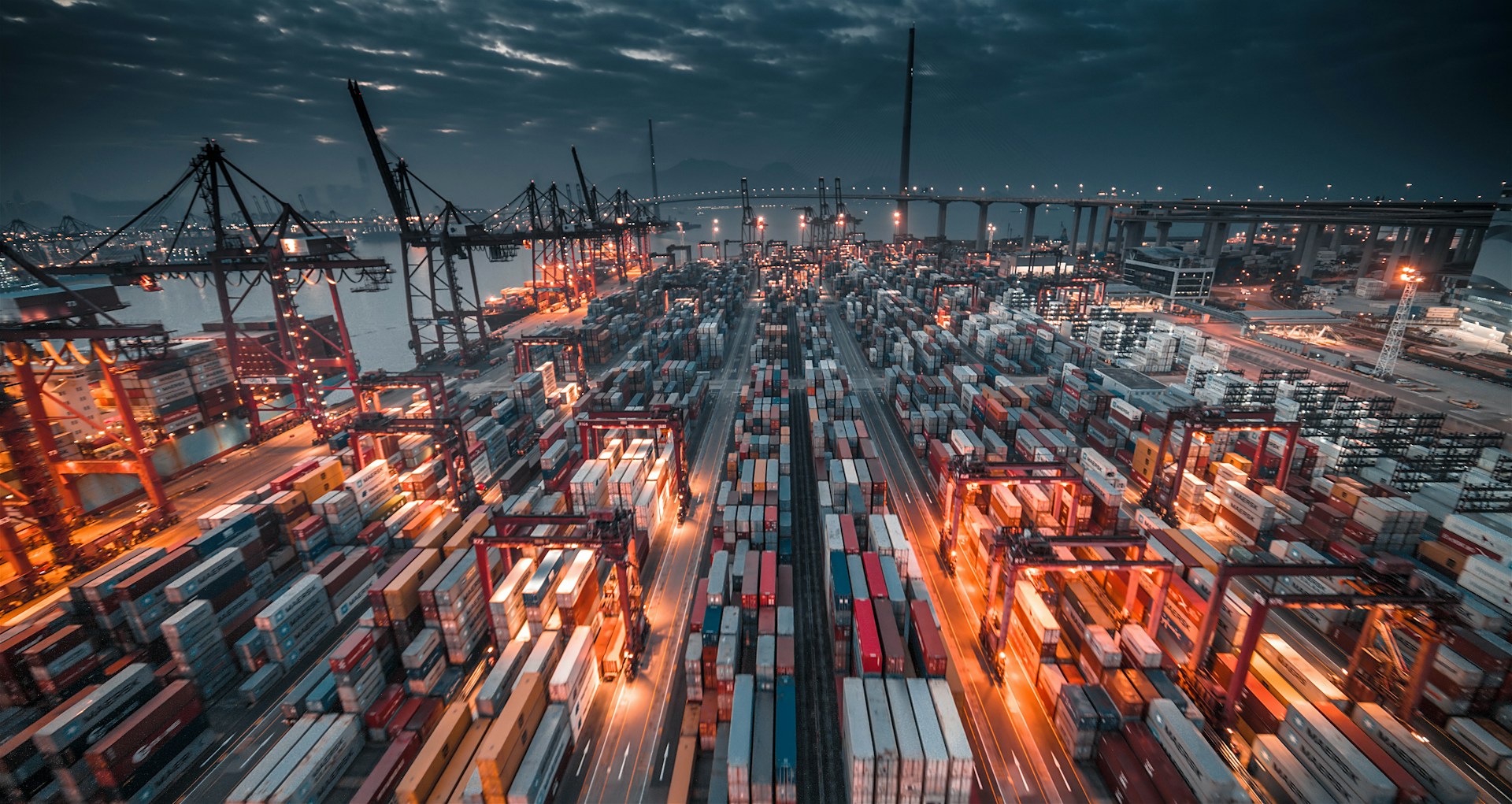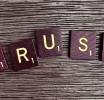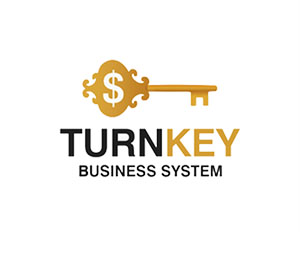How AI is Revolutionizing Supply Chain Management Amid Tariff Turmoil

How AI is Revolutionizing Supply Chain Management Amid Tariff Turmoil
As global trade faces unprecedented disruptions due to escalating tariffs and geopolitical tensions, technology companies are turning to artificial intelligence (AI) to help businesses navigate the chaos.
One of the most notable examples comes from Salesforce, which has developed an AI-powered "Tariff Agent" designed to process changes across all 20,000 categories of goods in the U.S. Customs system instantly.
This innovation highlights how AI is stepping up to address the complexities of modern supply chains, enabling companies to adapt quickly to shifting trade policies.
One of the most notable examples comes from Salesforce, which has developed an AI-powered "Tariff Agent" designed to process changes across all 20,000 categories of goods in the U.S. Customs system instantly.
This innovation highlights how AI is stepping up to address the complexities of modern supply chains, enabling companies to adapt quickly to shifting trade policies.

How AI is Revolutionizing Supply Chain Management Amid Tariff Turmoil
The Growing Role of AI in Global Trade
The introduction of mutual tariffs by U.S. President Donald Trump has created a ripple effect across global supply chains, leaving companies scrambling to understand and mitigate their impact. Traditional methods of tracking tariffs—relying on small teams of experts manually analyzing documents like the 4,400-page Harmonized Tariff Schedule—are no longer sufficient in today’s fast-paced environment.Zach Kass, a former executive at OpenAI, noted that the uncertainty caused by tariff measures presents a unique opportunity for AI to prove its worth. “AI thrives in environments of complexity and ambiguity,” Kass explained. “When human capacity is overwhelmed, machine learning systems can step in to provide clarity and actionable insights.”
Salesforce’s new AI agent exemplifies this trend. The tool not only processes vast amounts of tariff data but also recommends actions to minimize costs and optimize supply chains. For instance, if a particular product category becomes subject to higher tariffs, the AI can suggest alternative sourcing locations or materials to reduce exposure.
Why Companies Are Turning to AI
Speed and EfficiencyManual analysis of tariff changes is time-consuming and prone to errors. AI systems, on the other hand, can analyze thousands of data points in seconds, providing real-time updates and recommendations. This speed is critical for businesses operating in volatile markets where delays can lead to significant financial losses.
Scalability
With over 20,000 categories of goods affected by U.S. tariffs alone, scaling traditional methods to cover such vast datasets is nearly impossible. AI platforms can handle this scale effortlessly, ensuring comprehensive coverage without compromising accuracy.
Cost Savings
By identifying tariff-impacted products early, companies can make strategic adjustments—such as rerouting shipments or renegotiating contracts—to avoid unnecessary expenses. These proactive measures can save millions in additional duties and penalties.
Enhanced Decision-Making
Beyond processing raw data, AI tools offer predictive analytics that help companies anticipate future tariff changes. For example, AI can analyze historical trade patterns, political developments, and economic indicators to forecast potential risks, allowing businesses to stay ahead of the curve.
Real-World Applications
Several tech firms have already begun deploying AI solutions to tackle these challenges:Salesforce’s Tariff Agent: As mentioned earlier, Salesforce’s AI tool scans the Harmonized Tariff Schedule to provide instant updates on tariff changes. It also integrates with enterprise resource planning (ERP) systems to automate compliance reporting and streamline decision-making.
Supply Chain Visualization Tools: Other companies are using AI to create detailed visualizations of global supply chains. These tools map out every step of the production process—from raw material sourcing to final delivery—highlighting areas vulnerable to tariff impacts. By identifying weak points, businesses can implement contingency plans more effectively.
Dynamic Pricing Models: Some retailers are leveraging AI to adjust pricing strategies dynamically based on tariff fluctuations. If import costs rise due to new tariffs, AI algorithms can recalculate optimal prices to maintain profitability while remaining competitive.
Challenges and Limitations
While AI offers transformative potential, it is not without challenges:Data Quality Issues
AI systems rely heavily on accurate and up-to-date data. Inconsistent or incomplete information about tariffs and trade regulations can undermine their effectiveness.
Regulatory Complexity
Navigating the intricacies of international trade laws requires deep domain expertise. While AI can assist with data processing, human oversight remains essential for interpreting nuanced legal requirements.
Implementation Costs
Developing and deploying advanced AI systems can be expensive, particularly for smaller businesses with limited budgets. However, many providers now offer scalable solutions tailored to different organizational needs.
Ethical Concerns
As AI takes on increasingly complex tasks, questions arise about accountability and transparency. Who is responsible if an AI recommendation leads to unintended consequences? Addressing these concerns will be crucial for widespread adoption.
A Broader Perspective: AI as a Strategic Asset
The use of AI in managing tariff-related disruptions goes beyond immediate cost savings. By integrating AI into their operations, companies gain a strategic advantage in navigating the ever-changing landscape of global trade. According to Eric Loepp, Executive Vice President of Government Relations at Salesforce, “Companies that embrace AI will be better positioned to thrive in uncertain times. They’ll not only survive but also innovate and grow.”This sentiment is echoed by industry leaders who see AI as a catalyst for broader transformation. For example, AI-driven insights can inform long-term strategies around diversification, sustainability, and resilience. Instead of merely reacting to tariff changes, businesses can proactively reshape their supply chains to withstand future shocks.
Looking Ahead
As tariffs continue to shape global trade dynamics, the role of AI in supply chain management will only expand. Already, companies are exploring next-generation applications, such as blockchain integration for enhanced transparency and natural language processing for automating regulatory filings.
Moreover, the lessons learned from addressing tariff-related challenges could pave the way for AI’s application in other areas of international commerce, such as customs enforcement, export controls, and sanctions compliance. In a world where trade policies are increasingly unpredictable, AI provides a lifeline for businesses striving to adapt and succeed.
As tariffs continue to shape global trade dynamics, the role of AI in supply chain management will only expand. Already, companies are exploring next-generation applications, such as blockchain integration for enhanced transparency and natural language processing for automating regulatory filings.
Moreover, the lessons learned from addressing tariff-related challenges could pave the way for AI’s application in other areas of international commerce, such as customs enforcement, export controls, and sanctions compliance. In a world where trade policies are increasingly unpredictable, AI provides a lifeline for businesses striving to adapt and succeed.









Report
My comments